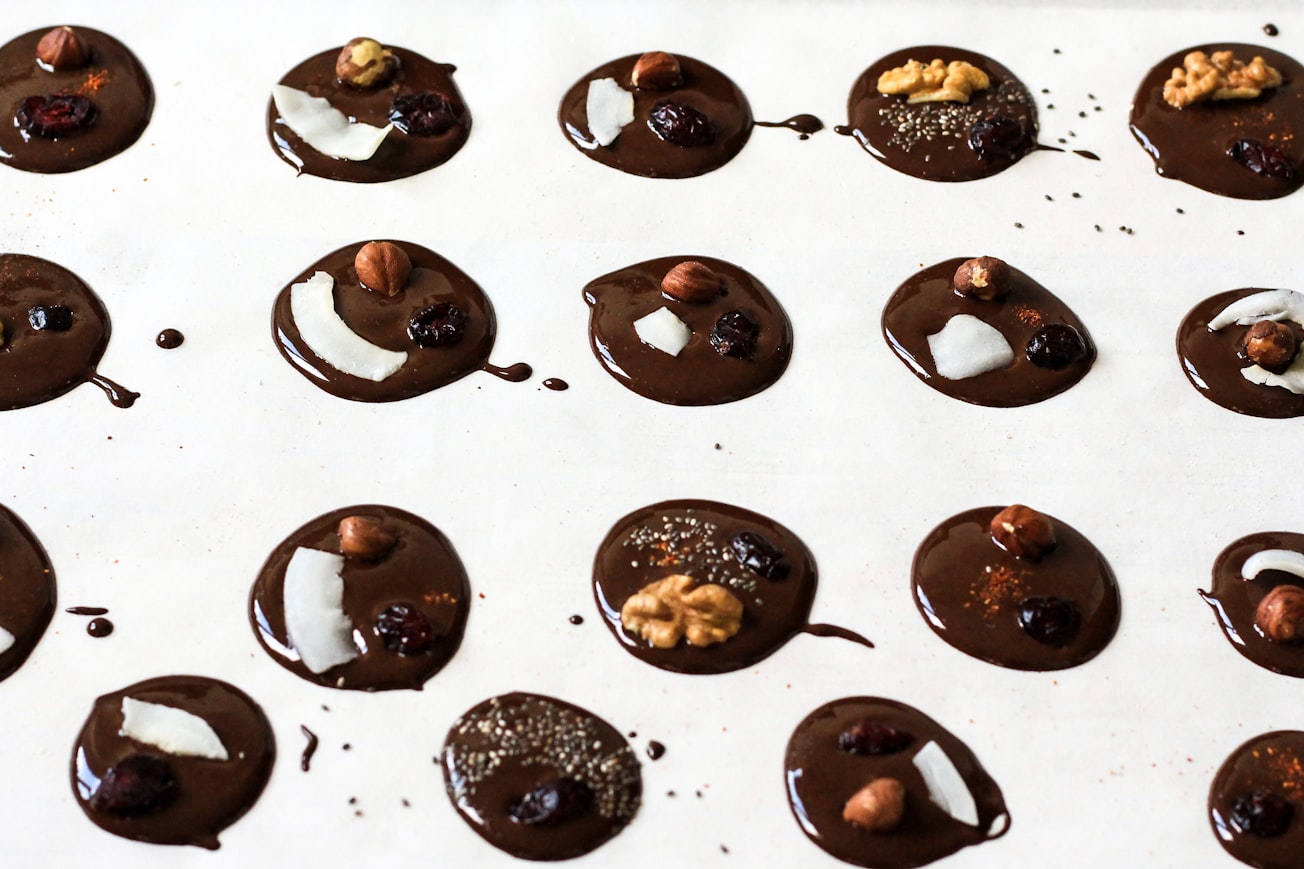What is it about?
This work shows the results of a numerical model developed to simulate the CBMS technique for the production of the Fe78Si9B13 metallic magnetic ribbons for application in electronics. The model proposes a numerical approximation to a Vogel-Fulcher-Tammann (VFT) expression as a method in the solidification process. This approximation is introduced into the “compressibleInterFoam” routine, included in the OpenFOAM® suite, originally developed for the simulation of two immiscible, non-isothermal, and compressible fluids. This routine solves, the phase fraction transport using the Volume of Fluids (VOF) approach.
Featured Image

Photo by NordWood Themes on Unsplash
Why is it important?
The model shows sensitivity to the surface tension coefficient (σ) (sigma value), so different stresses were assumed, and the puddle was evaluated once the process was stabilized. Therefore, by choosing the surface tension more representative of our observations, and that of other authors that it is around 1.2 N m−1, we can obtain ribbon thickness values in the magnitude order of experimental tests reported by previous works and by other authors.
Perspectives
The present work shows a numerical model for the CBMS process consistent with its own, experimental data and obtained by other authors, which adapts a specific OpenFOAM® library for the CBMS process. The work shows also that the thickness obtained in ribbon values is within the limits imposed by the nucleation phenomenon and below melting temperature (Tm). https://ars.els-cdn.com/content/image/1-s2.0-S1290072919307252-mmc2.mp4
Dr. Ing. Marcelo R. Pagnola
INTECIN (UBA - CONICET)
Read the Original
This page is a summary of: A model for the simulation of the chill block melt spinning ( ) process using, International Journal of Thermal Sciences, April 2020, Elsevier,
DOI: 10.1016/j.ijthermalsci.2019.106221.
You can read the full text:
Resources
Contributors
The following have contributed to this page







